World Vision Kenya Installs Boreholes and Water Tanks in Kitui and Tana River Counties
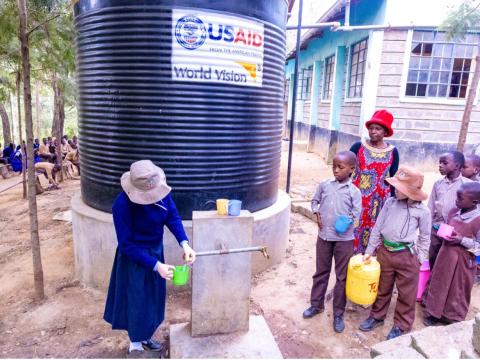
In 2022, Kitui and Tana River Counties faced severe drought conditions, characterized by low rainfall, poor crop yields, and depleted water resources. These challenges, combined with high food costs, livestock diseases, and wildlife conflicts, forced residents to travel long distances for water.
Through the Kenya Integrated Emergency Response Project (KIERP), funded by USAID-Bureau for Humanitarian Affairs (USAID-BHA), World Vision Kenya addressed these challenges by constructing water sources and installing storage tanks in learning institutions and health centres.
In Tana River County, World Vision constructed three boreholes in Chewele, Gora, and Konoramadha communities, serving over 4,600 people. The organization also installed thirty 10,000-liter storage tanks across various institutions and villages, improving water accessibility and reducing travel distances.
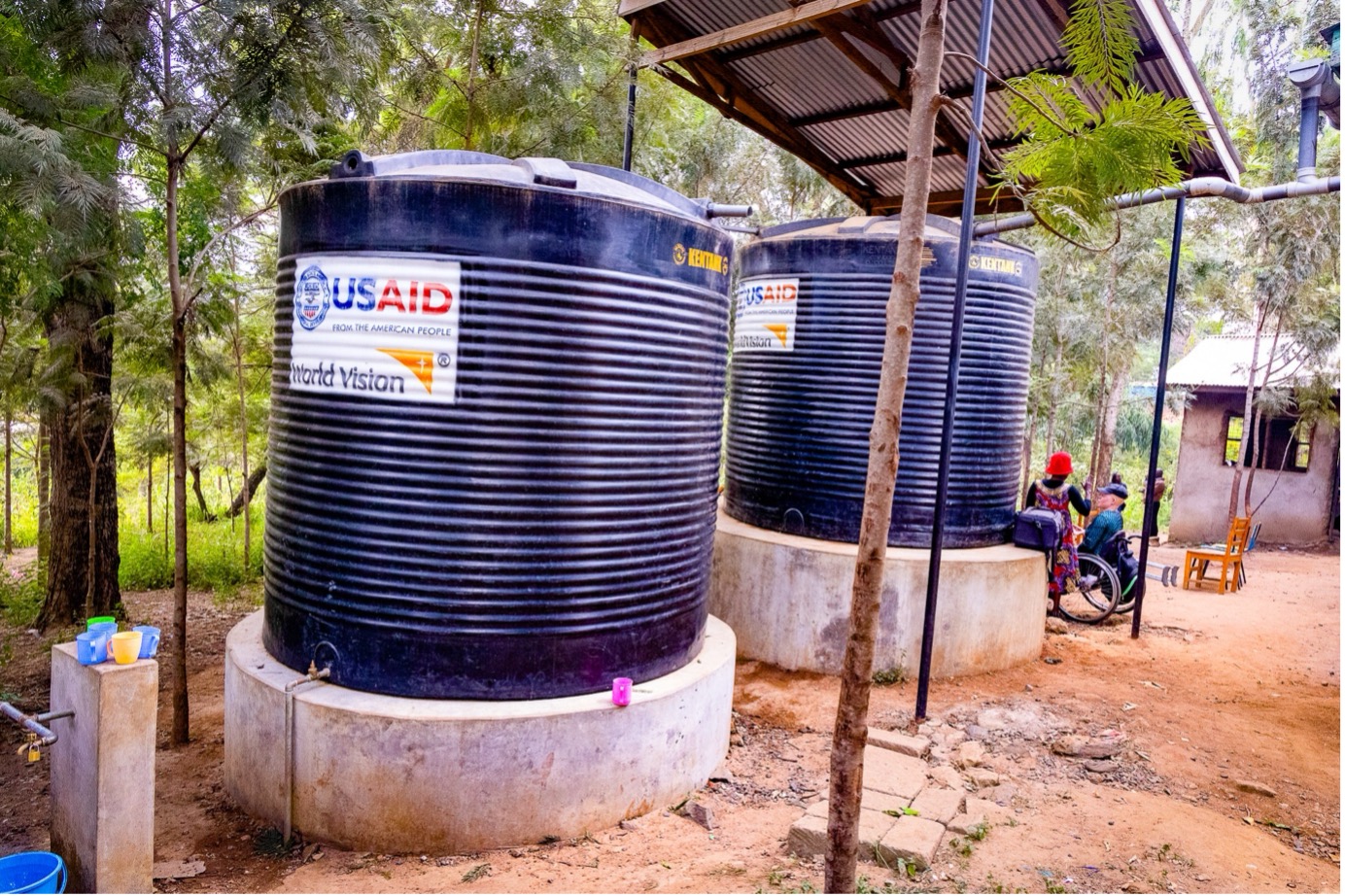
Seminar Ptiso, World Vision Kenya WASH & Construction Officer in Tana River County, notes that "the projects have improved water access and reduced diarrheal diseases while protecting communities from crocodile encounters." To ensure water safety, an inline chlorination system was installed to regulate chlorine levels.
In Kitui County, the organization installed forty 10,000-liter water tanks across 64 schools and 11 health centres. They also rehabilitated five boreholes and conducted water quality assessments at the household level to maintain acceptable Free Residual Chlorine (FRC) levels and track potential contamination points.
At Kavumbuni Mixed Secondary School in Kitui Rural, Deputy Principal Felister Kaviati reports that the constant supply of clean water has significantly improved students' lives. "Teachers no longer suspend classes to search for water using personal cars," she notes.
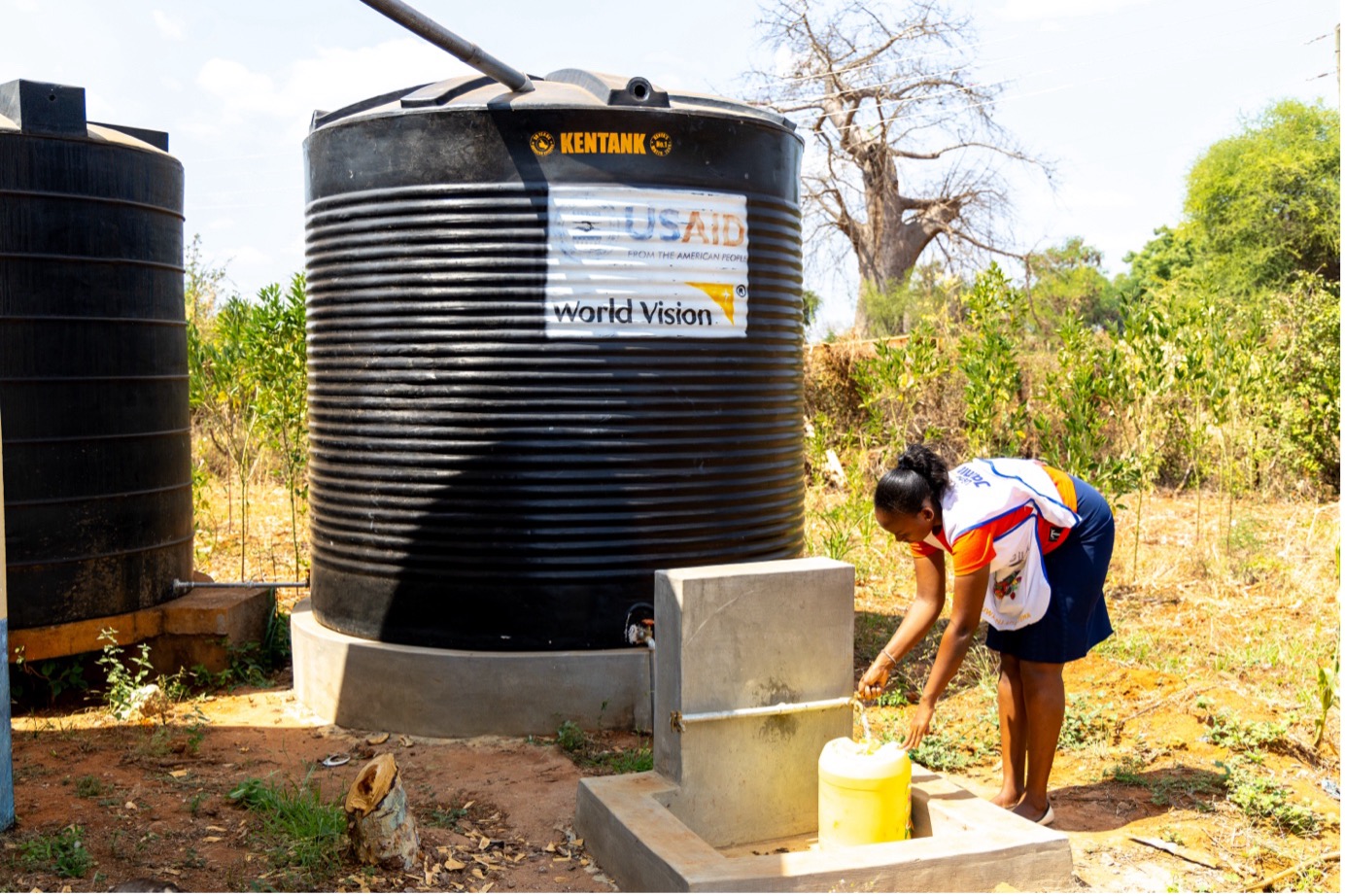
Central Primary School for the Visually Challenged in Kitui Central Ward received two 10,000-liter tanks, enhancing water access for physically challenged children. Headteacher Carolyne Njagi shares, "Previously, we spent considerable money on water vendors, and learners often complained of stomach ailments due to dirty water. Now, with clean water available for drinking, cooking, and washing clothes, student enrollment has increased, and health issues have decreased."
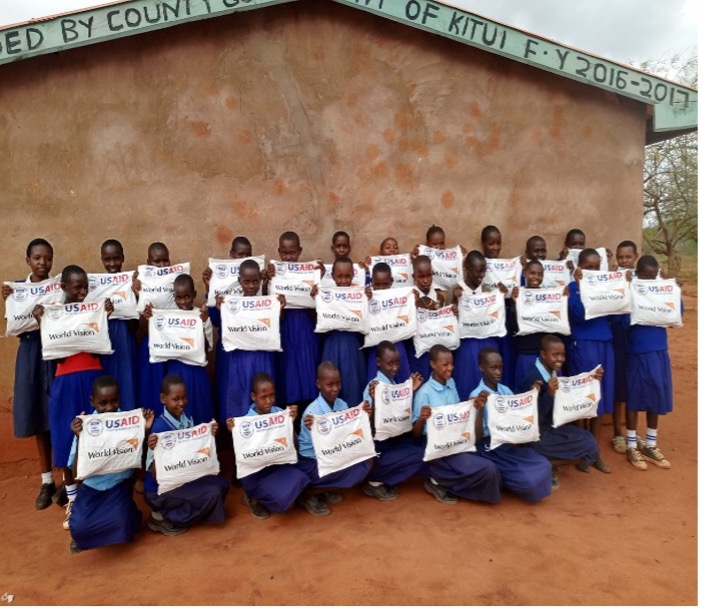
At Kasaale Health Centre, the installation of a water tank has improved maternity ward services. Nurse in Charge Jacob Mwanzia reports they now provide drinking water to the community, reducing illness rates among children under five. The project also addressed other critical needs:
Distribution of dignity kits to over 3,000 menstrual-age girls, reducing school absenteeism
Implementation of Father-to-Father and Mother-to-Mother education models in Tana River to promote child care and family planning in patriarchal communities
- Introduction of a Livestock Uptake Programme to support farmers through destocking, meat distribution, and provision of emergency feeds and supplementary nutrition.
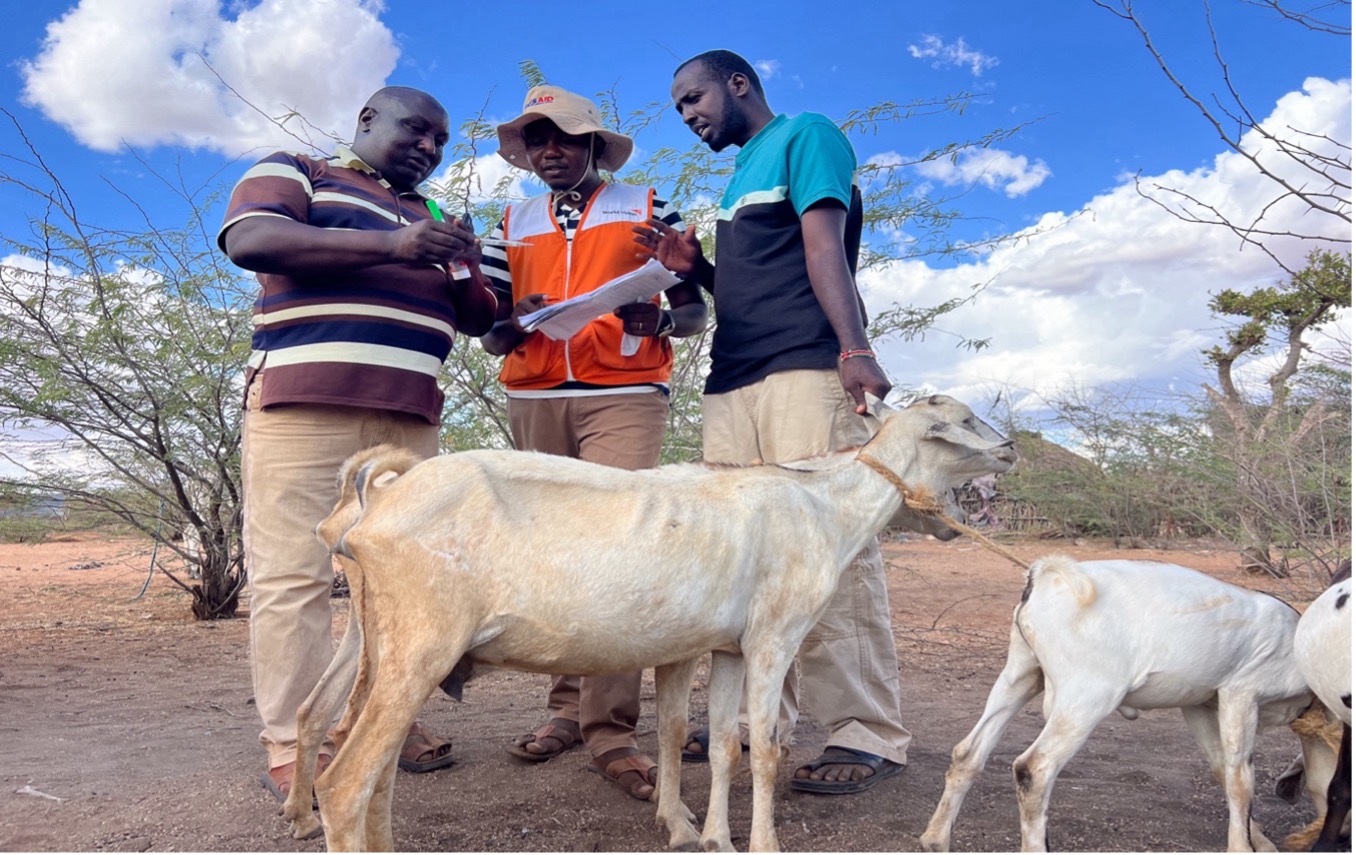
The KIERP project has benefited 133,294 participants across both counties, significantly improving lives through economic empowerment, capacity building, and enhanced resilience to climate change.
By Jared Ontobo, Emergency Communications Specialist, World Vision Kenya